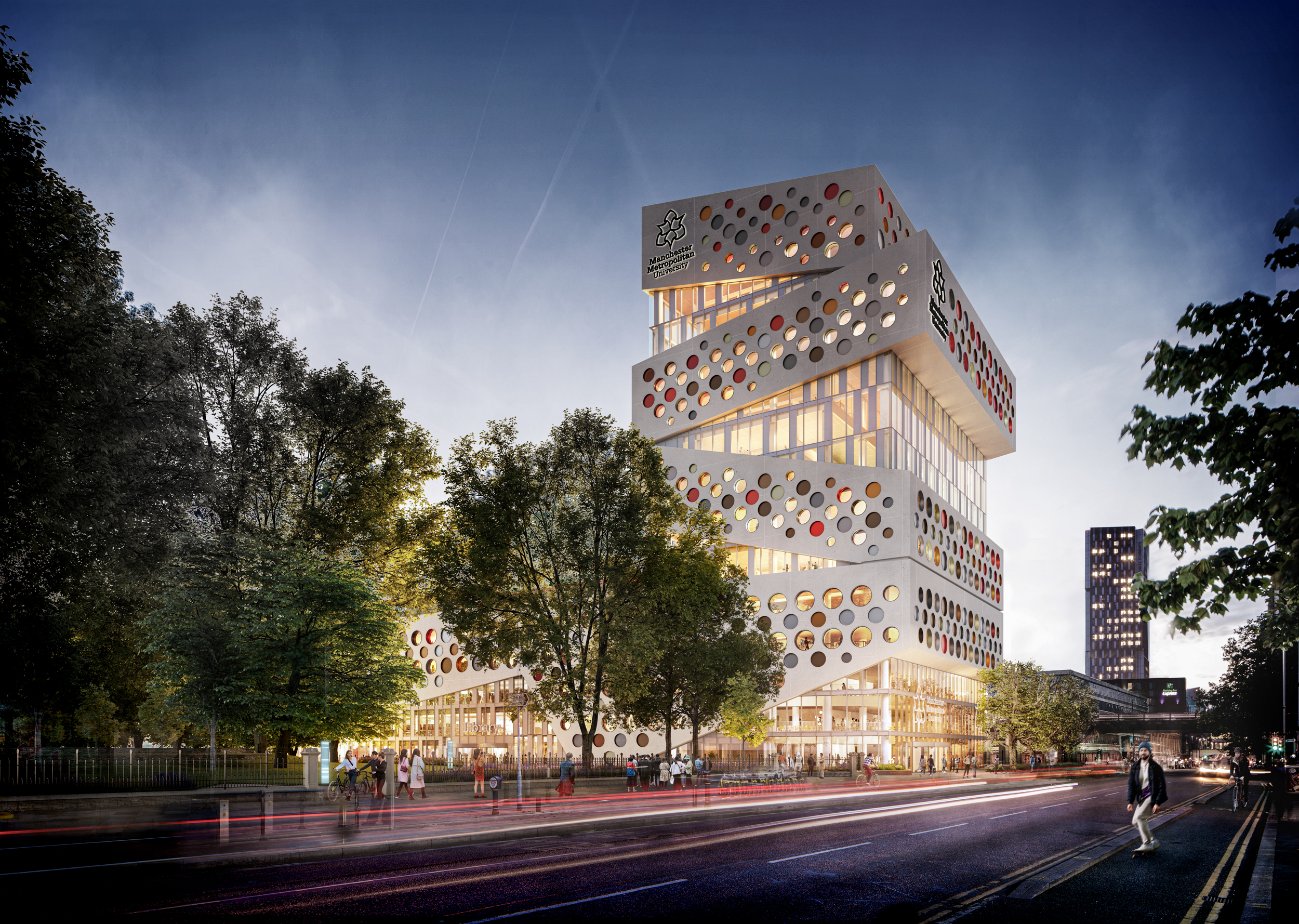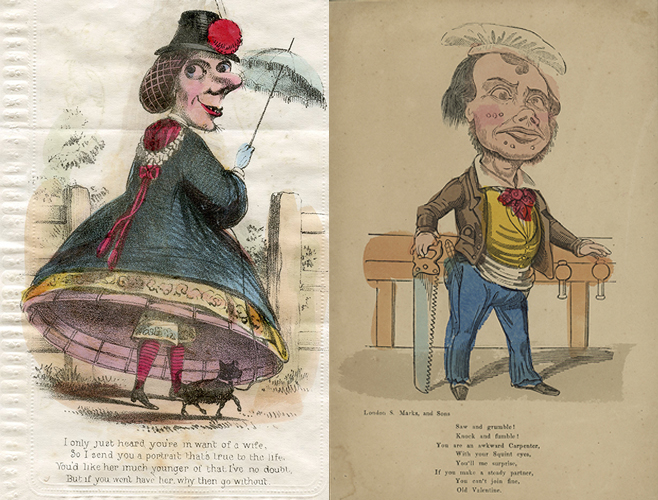News | Thursday, 17th July 2014
Creating the new generation of green airports
Aviation and architecture experts come together
AVIATION scientists and architects have joined forces to create a new generation of sustainable airports.
European researchers are trying to discover how air travel infrastructure can cope with the demands of future flight pressures and how to mitigate environmental impacts.
They argue current airports are ‘increasingly constrained’ by environmental issues which confine operations and limit growth. These transport hubs must typically consider their impact on air quality, disturbance caused by aircraft and noise pollution.
So scientists from Manchester Metropolitan University’s Centre for Aviation Transport and the Environment (CATE) and The University of Florence’s Department of Architecture have come together.
Challenge
Paolina Ferrulli, from the University of Florence, who is based with CATE for three months, said: “Airport infrastructures are already increasingly constrained by environmental issues, which restrict current operations and limit future potential growth.
“The challenge in Europe is represented by limited capacity that prevents aviation responding to demand when and where it arises and the difficulty of securing planning approval for new airport infrastructure development.
“The sustainability challenge is so significant that simply improving existing infrastructure and systems will not compensate for growth.”
They are questioning if airports are ‘locked-in’ to current infrastructure which is unsustainable, if we need to radically rethink what an airport is and looks like, and what shape the future designs of airports could take.
New way of thinking
A sustainable airport is considered one that can respond to rising air transport demand, taking into account the varied structures of modern airports.
It is thought that environmental constraints could force more complex infrastructure on current airports, in turn creating even more problems for the environment.
While a solution could lie in completely new way of thinking – and a completely new airport, according to Paolina.
Paolina was joined by colleagues from CATE, the Manchester School of Architecture and the Manchester Architecture Research Centre (MARC), the Centre for Excellence in Learning and Teaching (CELT), and the Division of Geography and Environmental Management (GEM) for the first of several workshops.
For more information, contact Paolina Ferrulli PAOLINA.FERRULLI@stu.mmu.ac.uk, Callum Thomas C.S.Thomas@mmu.ac.uk, both from CATE, and Colin Pugh C.Pugh@mmu.ac.uk, from the Manchester School of Architecture.




